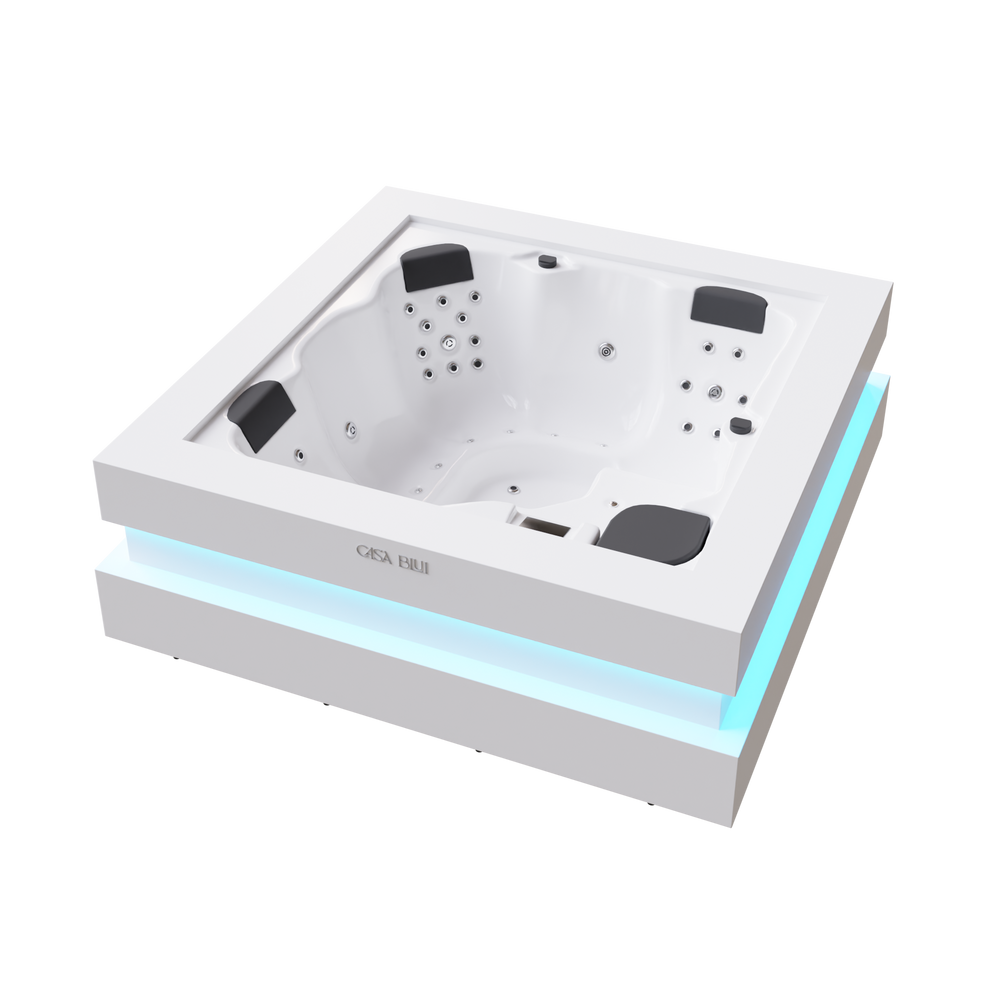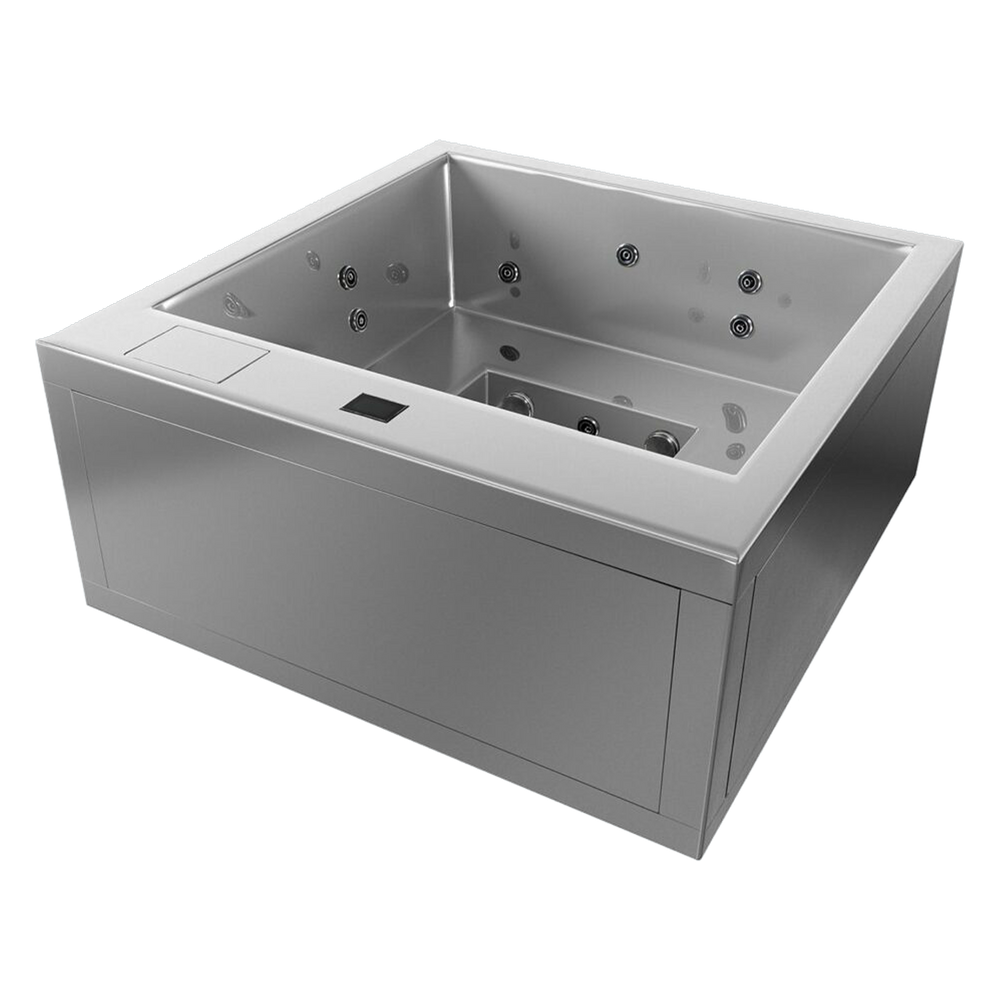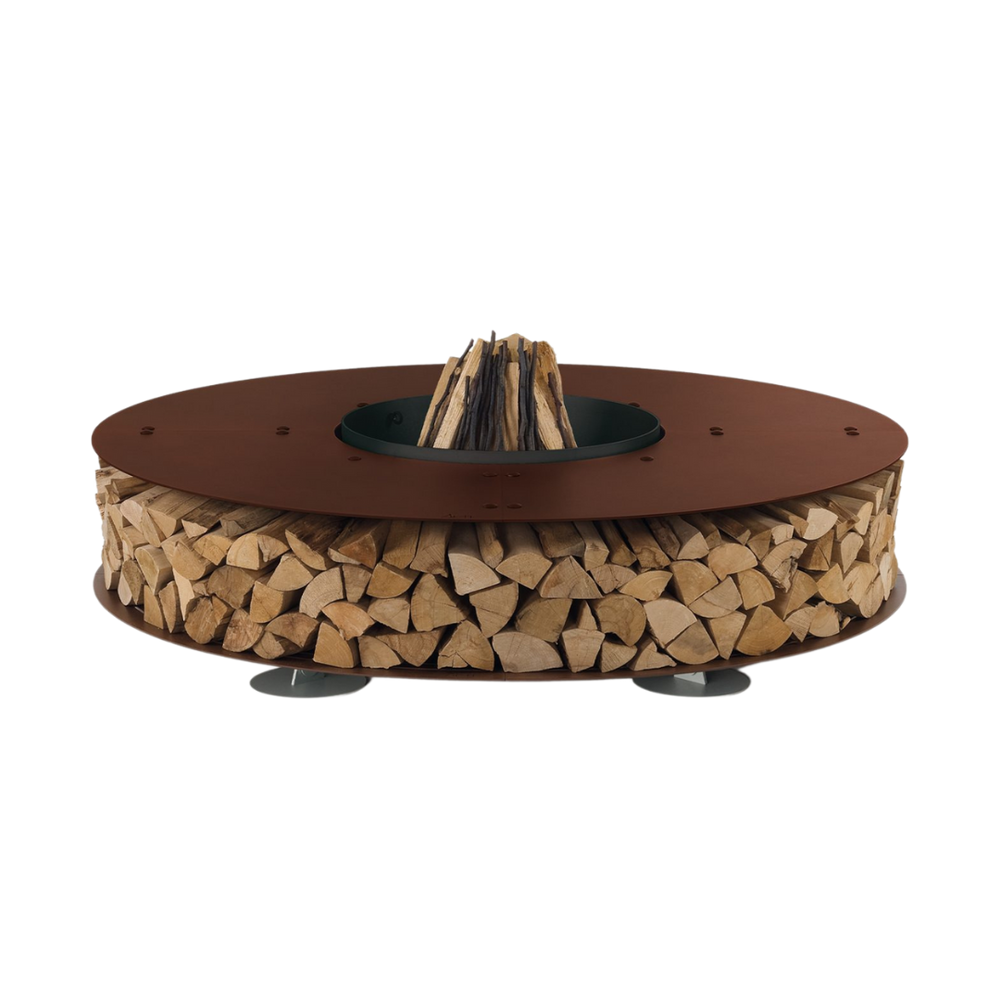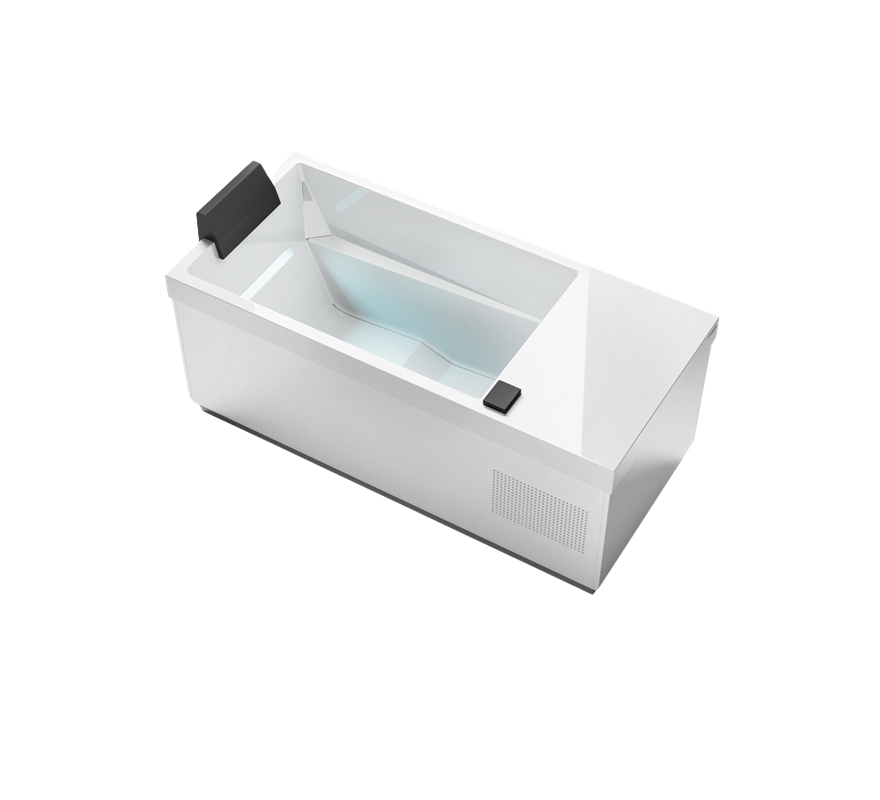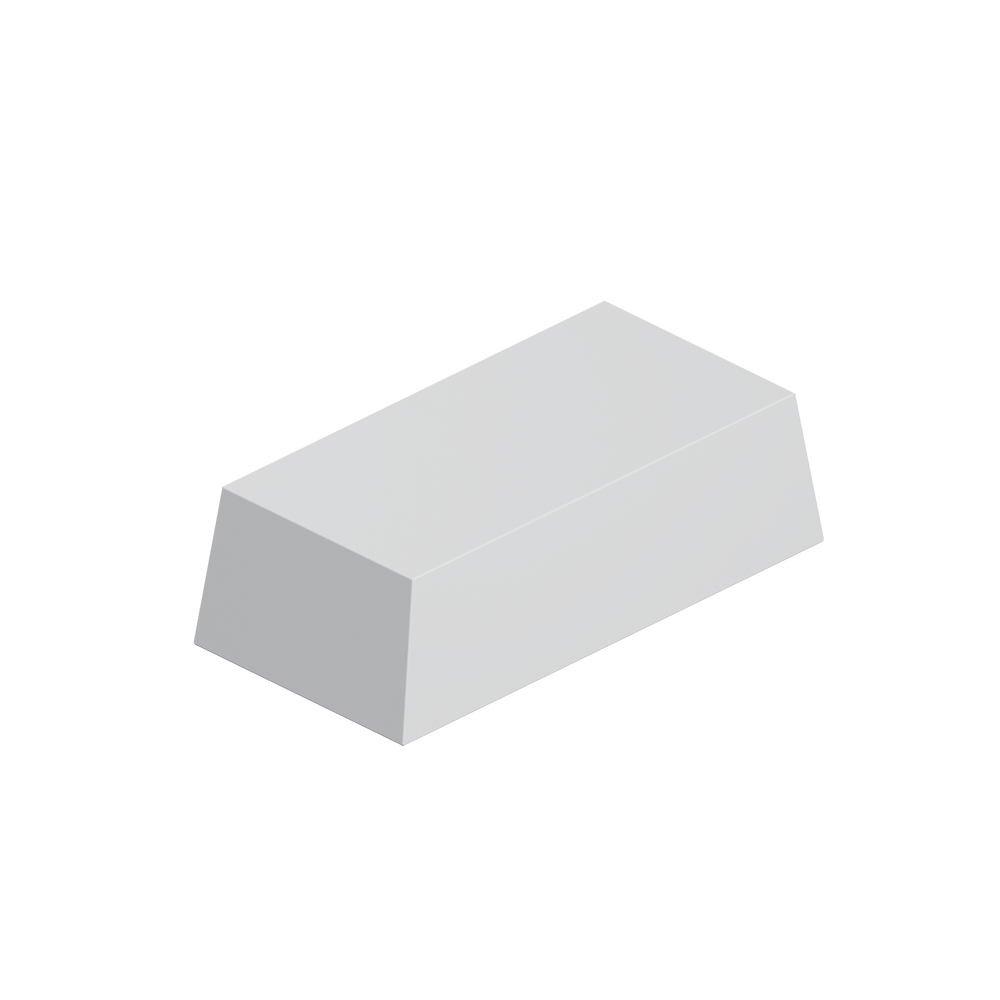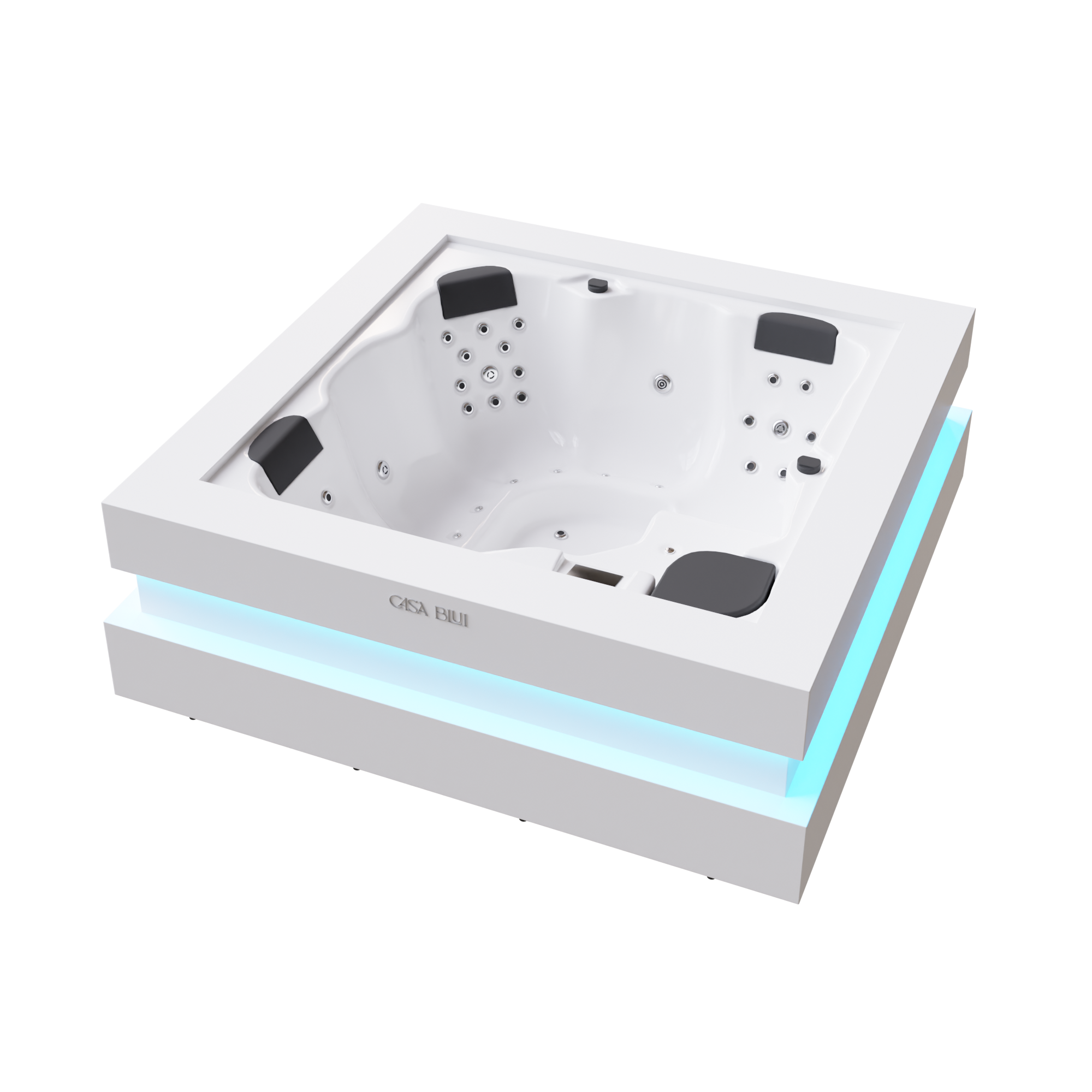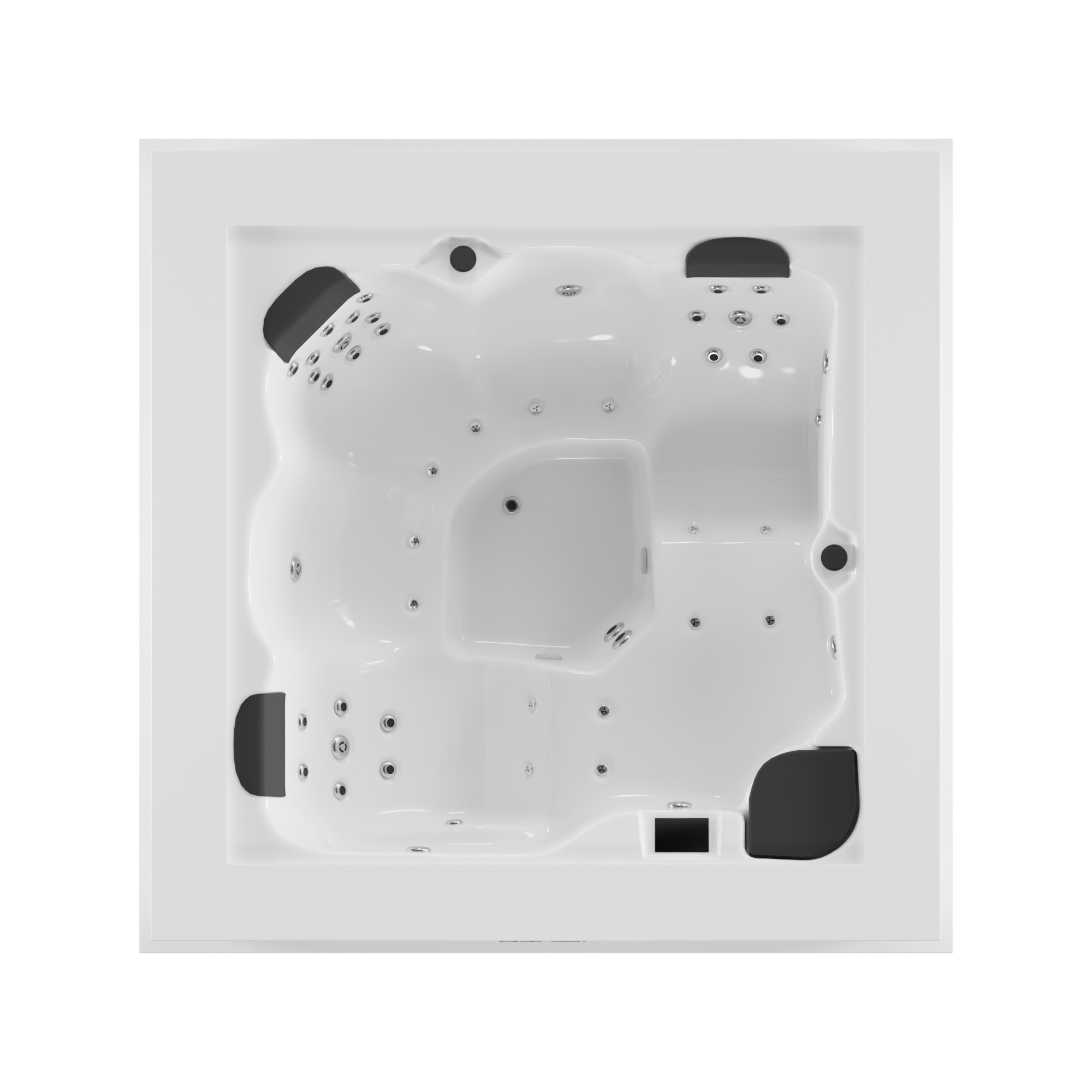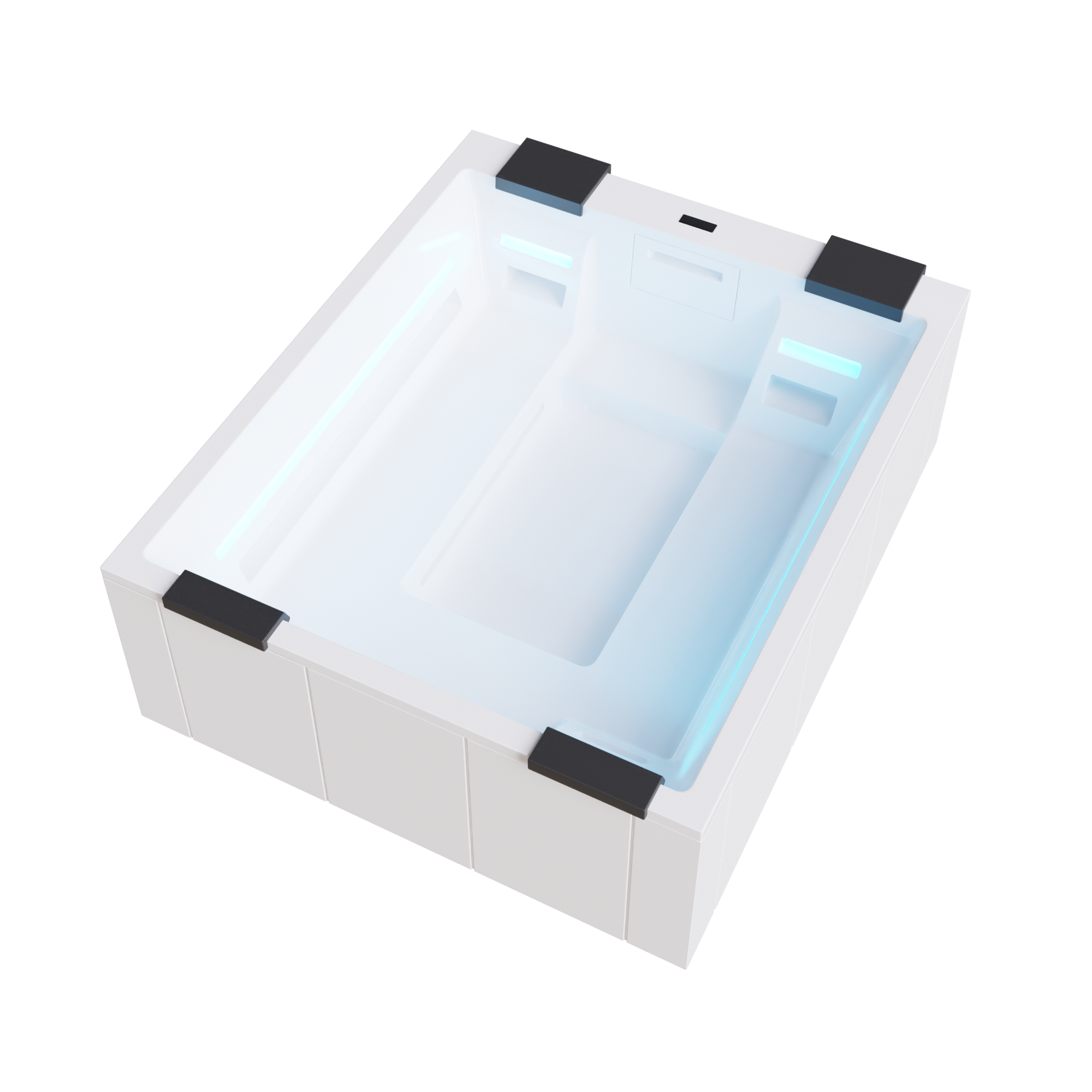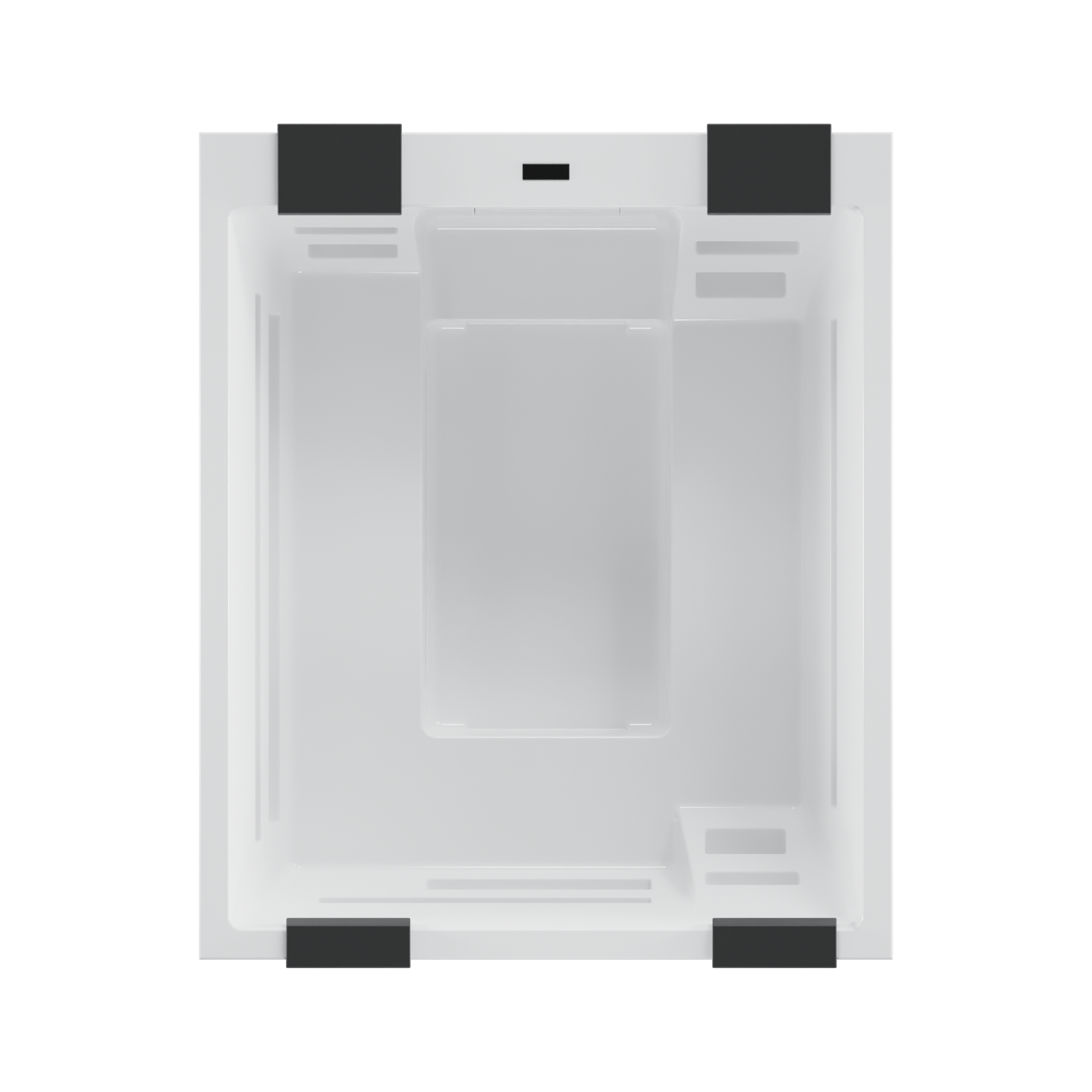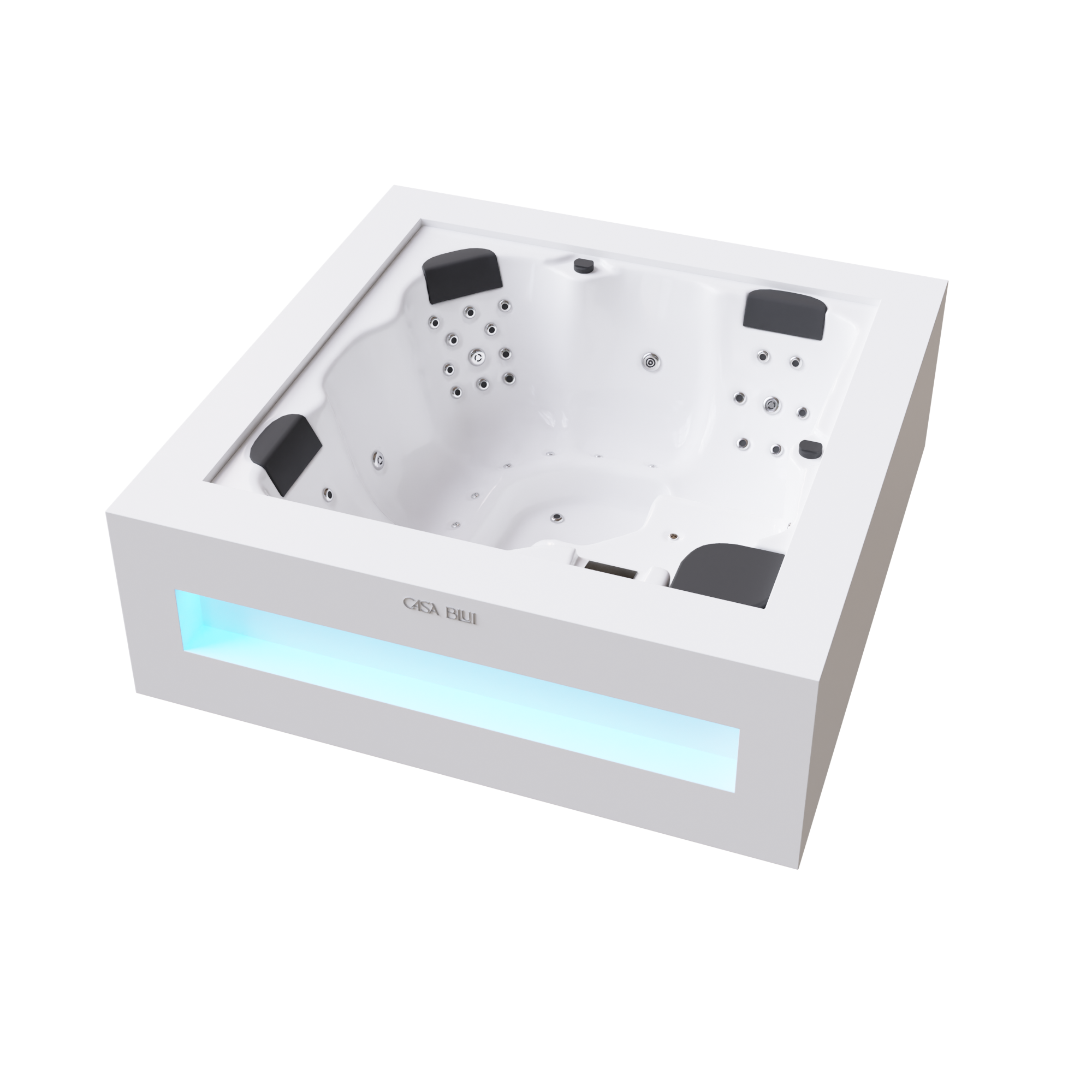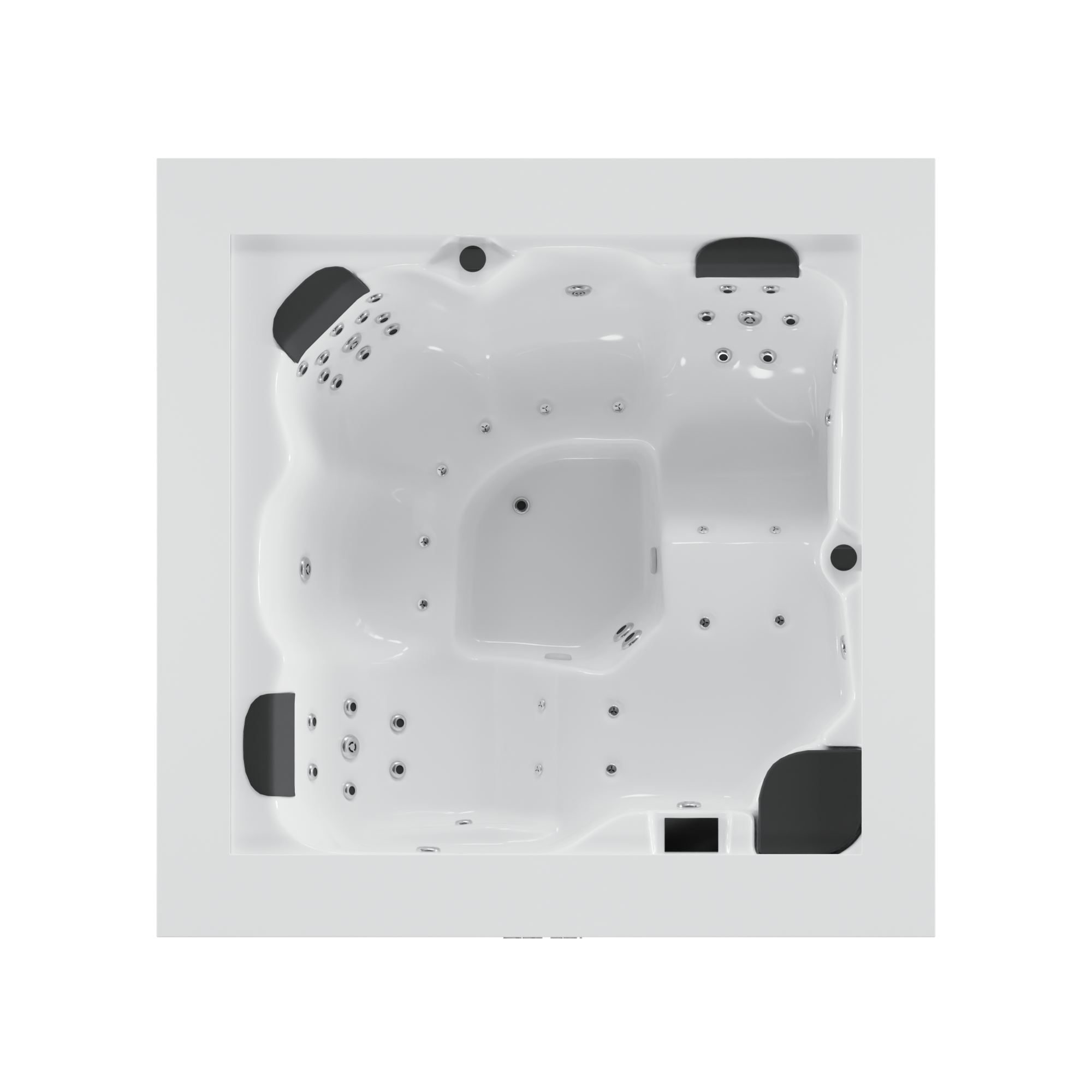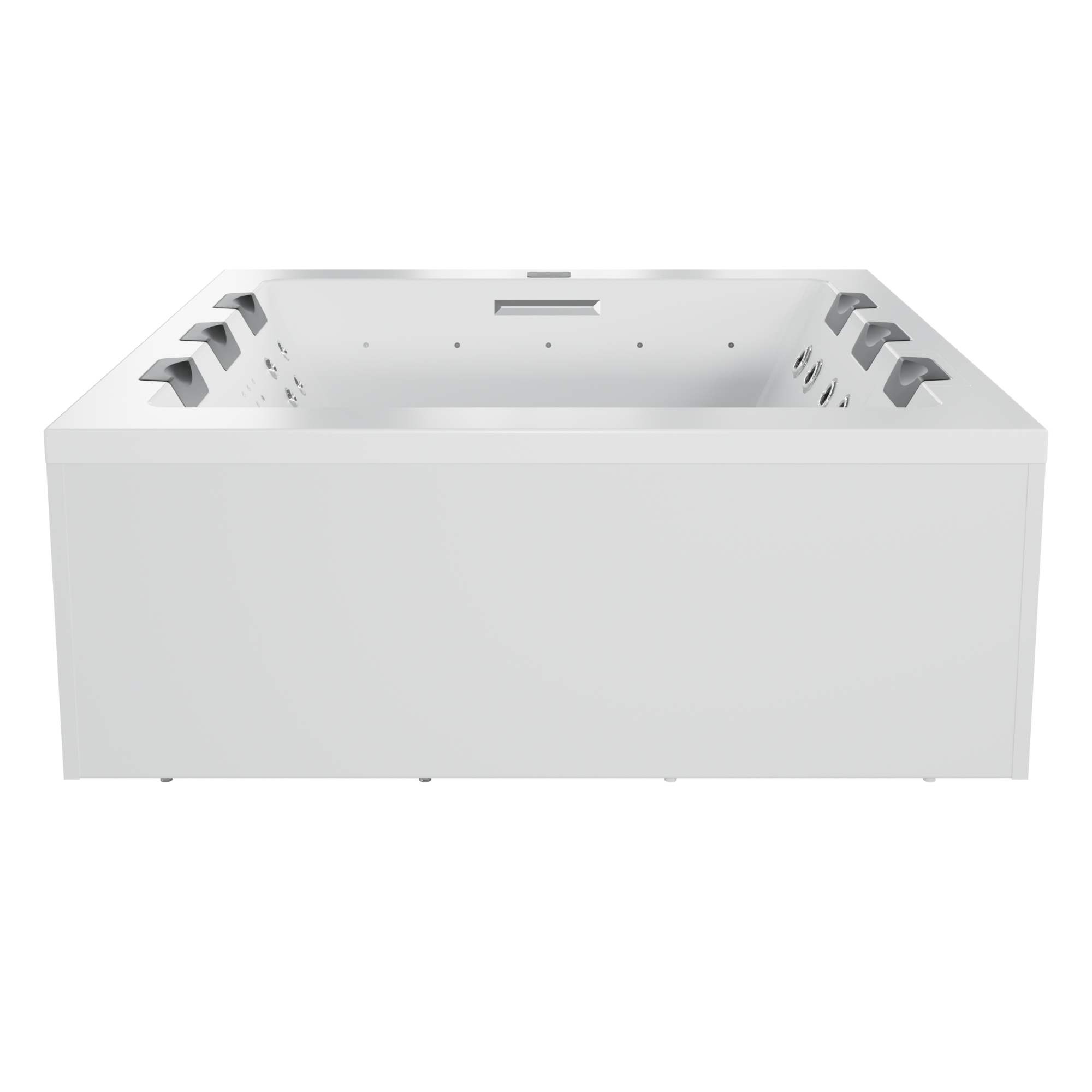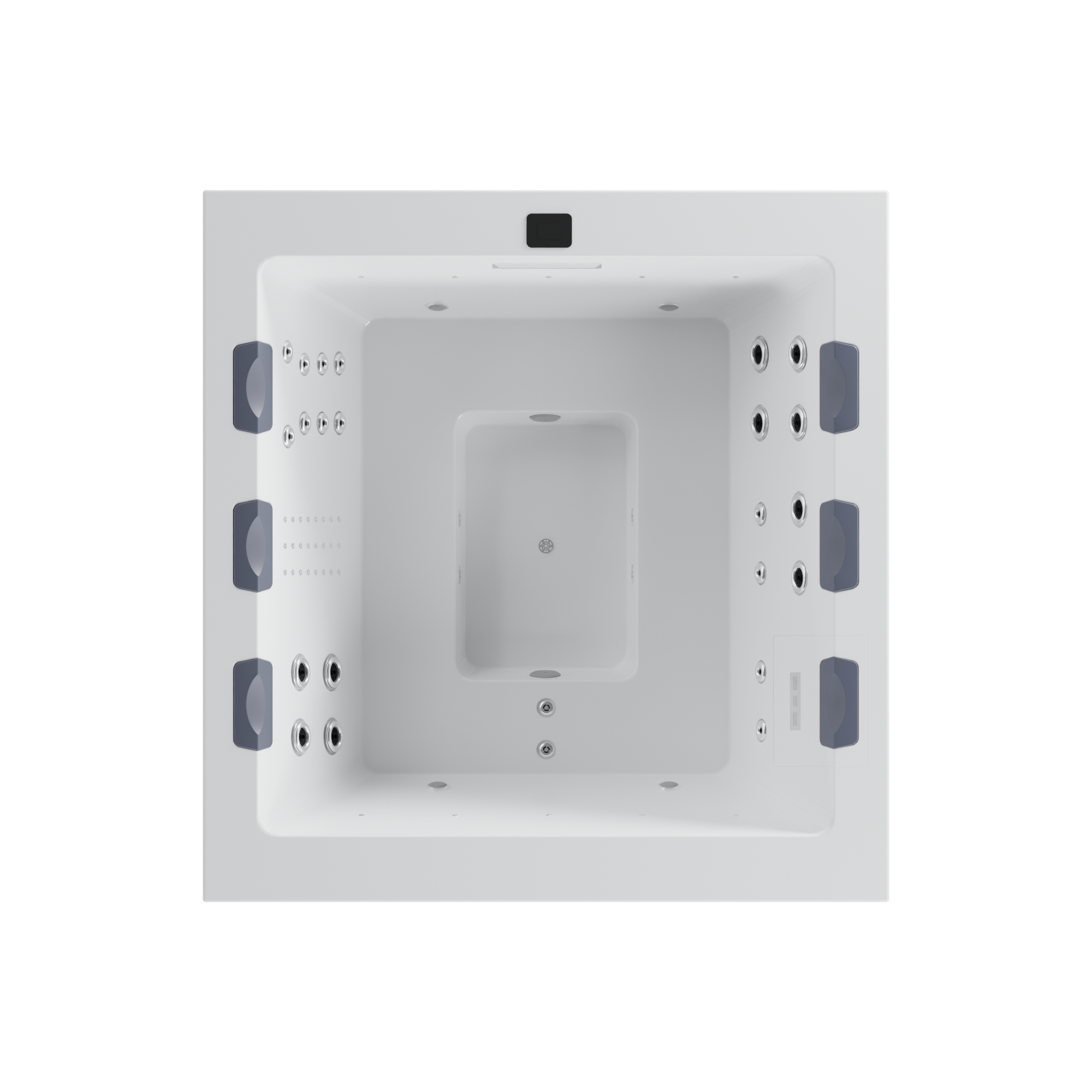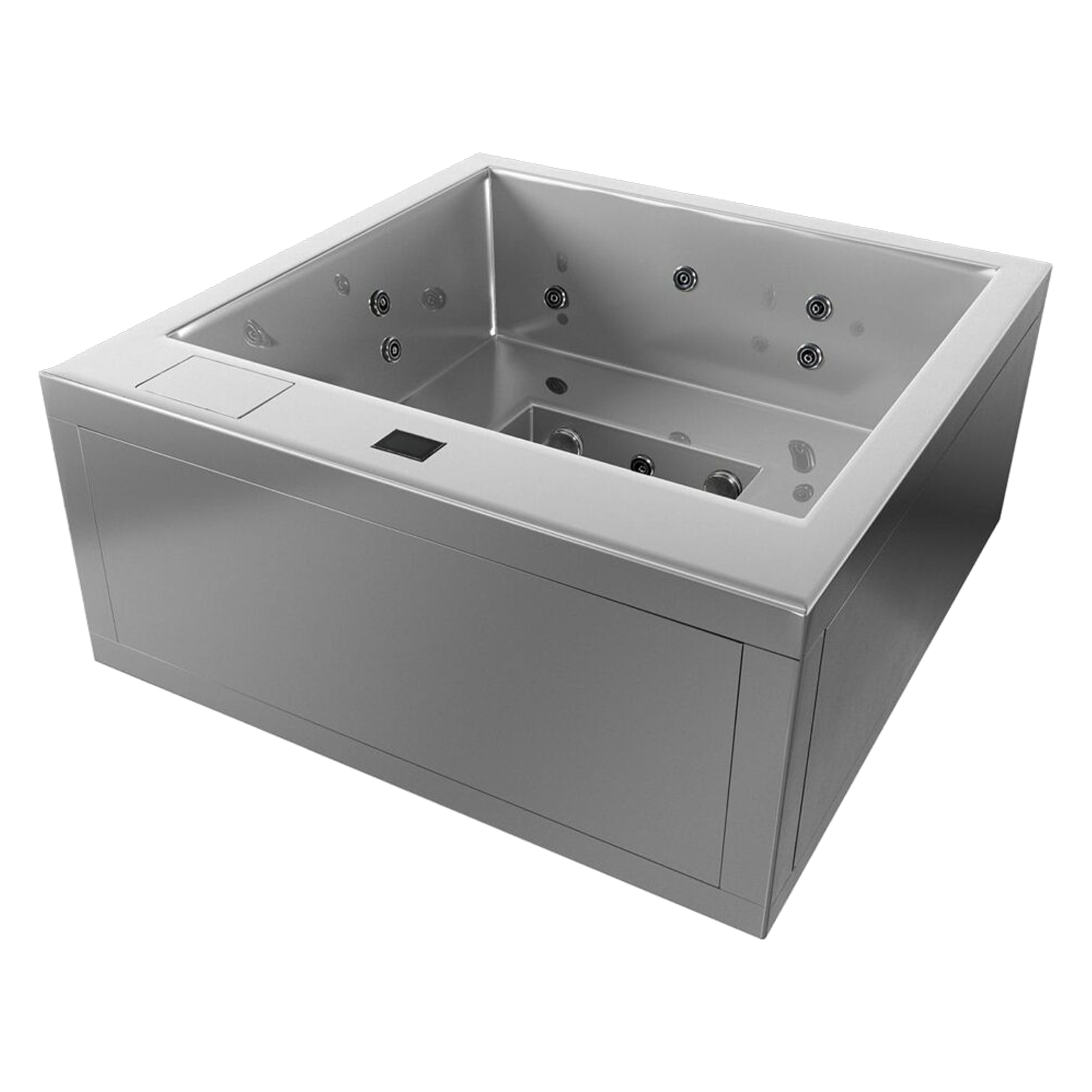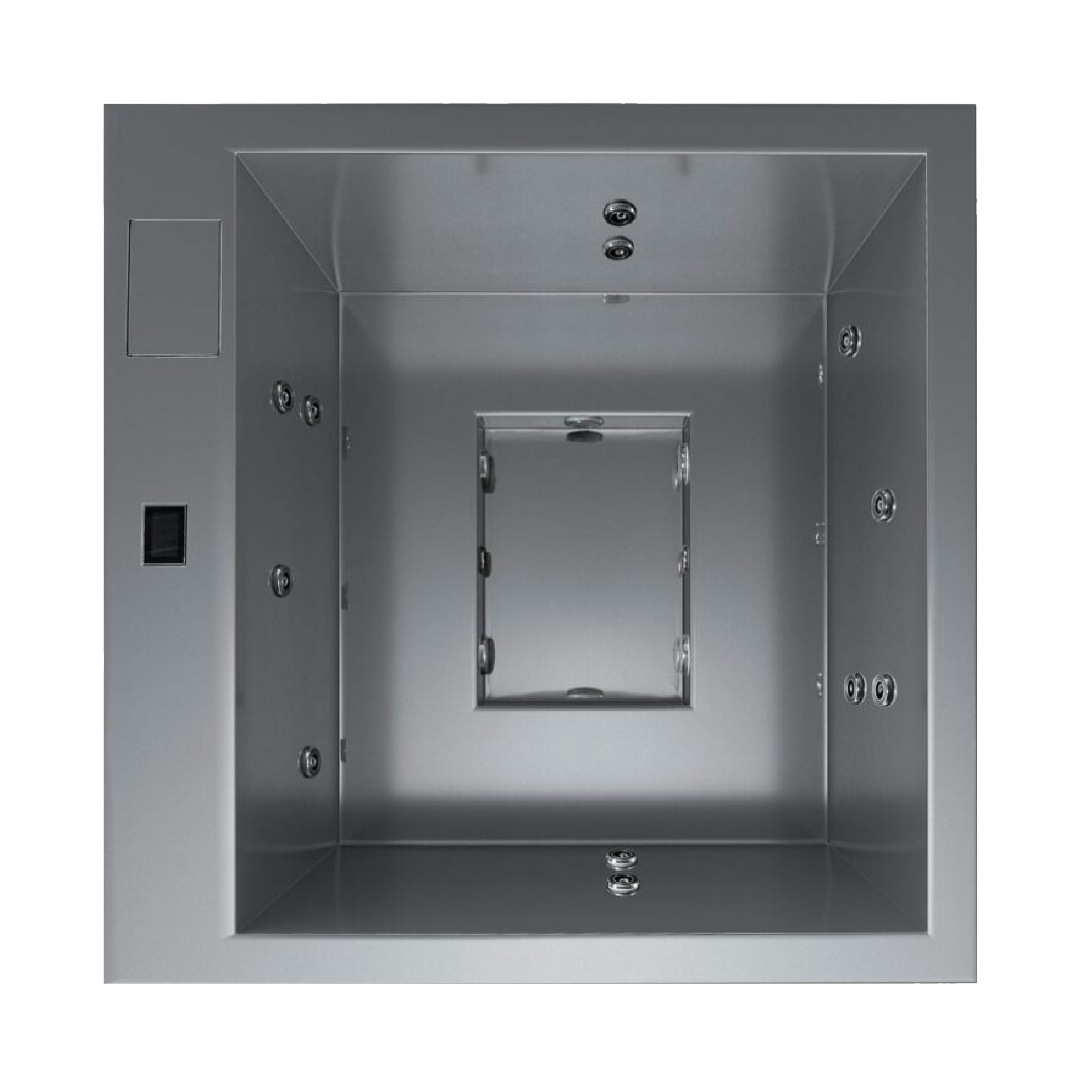Casa Blui Blog
How Long Do Hot Tubs Last?
By andrei newman
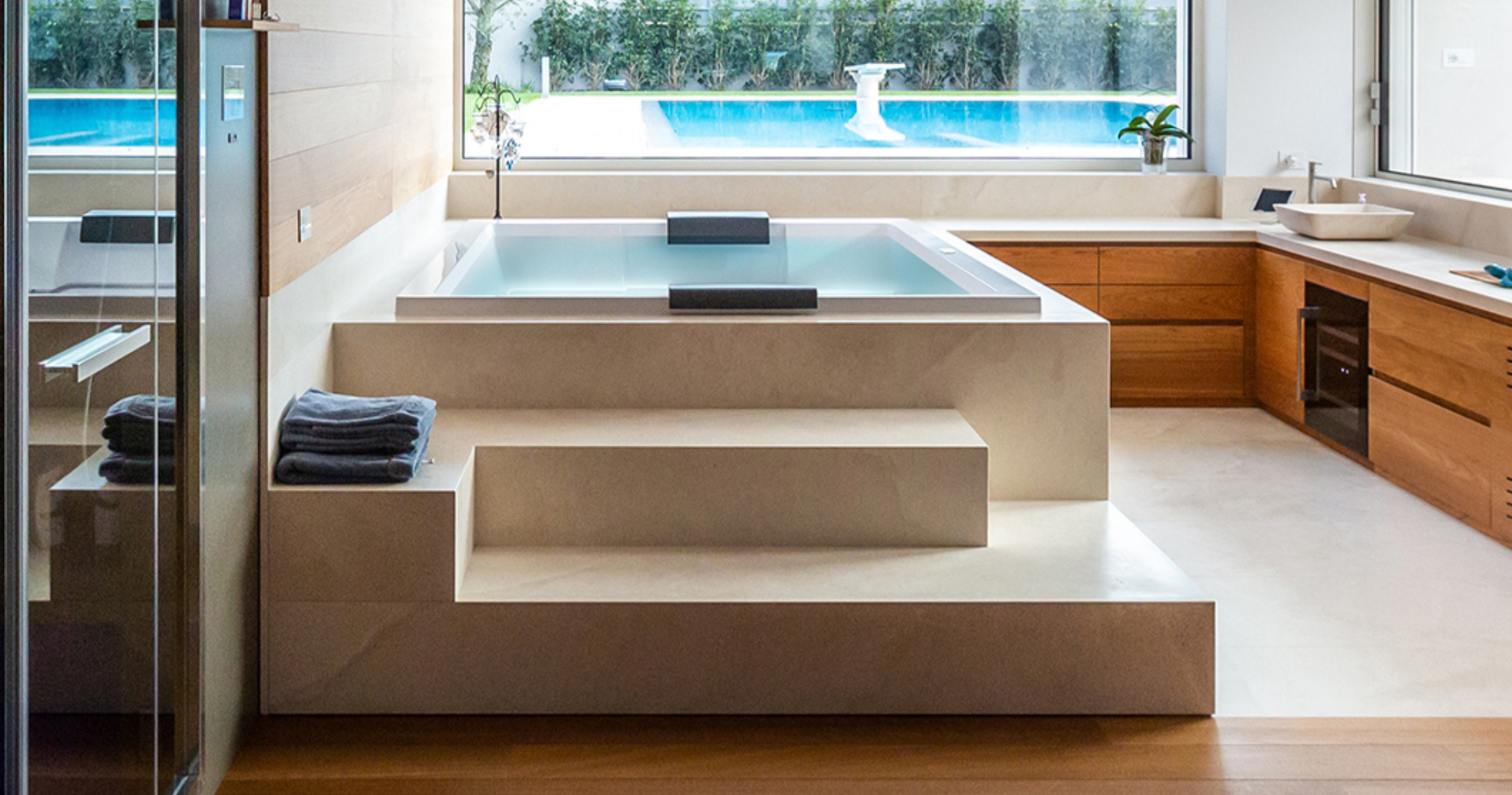
Ever wonder how long hot tubs or home spas last? We're here to explain. With an average lifespan of 15 to 20 years, hot tubs can be a worthwhile home upgrade that will stand the test of time.
But it can be more complicated. Several key factors will influence the longevity of your product, whether it's a basic hot tub or a designer hot tub. The quality and features, the brand or manufacturer, the climate, and the amount of maintenance all play significant roles, among other factors. Let's look at how each of these plays a part in determining the lifespan of your backyard oasis.
The Average Lifespan of a Hot Tub
The average lifespan of a hot tub is between five and 20 years. Suppose the hot tub is from someone other than a trusted or reputable manufacturer. In that case, it will last only five to eight years, even if you maintain it well. On the other hand, a hot tub from a reputable manufacturer could last 10, 15, or even 20 years.
- Shell & outer cabinet: High-quality shells of durable materials might endure for 20 years and require minor attention. A simple clean-off with a hose and the vigilant repair of minor leaks should be enough to maintain your spa shell's condition.
- Jets, pumps, & heaters: In well-maintained hot tubs, jets, pumps, and heaters typically work well for seven to 10 years. However, poorly maintained or poorly balanced water can drastically reduce their lifespan.
- Cover: A well-maintained cover typically lasts about five to seven years. Covers safeguard the tub from environmental effects and deterioration while saving energy in energy-efficient hot tub models.
Factors That Influence Your Home Spa's Lifespan
The quality, brand, maintenance, environmental effects, and more all significantly affect your hot tub's longevity. By understanding these aspects, you can boost your spa's durability and ensure the best return on your investment.
Quality of Materials & Construction
A well-constructed hot tub naturally has a longer lifespan. Products from reputable manufacturers usually include an industry-standard warranty and are built with quality materials and intelligent designs. These hot tubs stand the test of drastically changing weather, withstanding environmental effects on spas to provide a consistent performance year-round.
Proper Maintenance Practices
No matter the original quality of the hot tub you purchase, regular maintenance is crucial in expanding the life of your spa. This includes routine cleaning, water treatment, hot tub cover maintenance, timely repairs, and using high-quality chemicals. Regular hot tub upkeep can extend a spa's lifespan considerably.
Frequency of Use
Increased usage can result in more wear and tear, like any other home equipment. With consistent use, essential parts like the pump, heater, or cover may require frequent servicing and/or replacement. Anticipate these elements to maintain your equipment and continue reaping the benefits of home spa ownership.
Climate
Weather patterns significantly affect the condition and longevity of your high-end spas. Harsh winters, scorching summers, humidity, and even high winds can all contribute to hot tub wear and tear. In colder climates, the hot tub's heater works harder to maintain the desired temperature. Insulating your spa correctly is crucial to increasing energy efficiency and prolonging the heater's lifespan.
Positioning & Installation
To maximize your hot tub's durability, install it in a location protected from the elements, preferably under an overhead covering. Please keep it away from trees and plants to prevent leaves, twigs, and insects from falling into the water. A well-installed spa will prevent costly repairs down the road and optimize its lifespan.
Transportation
Transporting or moving the spa multiple times can impact its lifespan. Each move can scratch or crack the spa shell, damage the pump, or cause other mechanical issues. Avoid transitioning your amenity to different locations unless necessary.
How to Extend the Life of Your Hot Tub or Spa
Investing in a hot tub or home spa at the time of your purchase is only the beginning. Keeping your product at peak performance is essential to get the most out of your spa investment. From regular cleaning and water treatment to prompt maintenance, here are some tips for enhancing the durability of your hot tub or home spa.
- Perform regular maintenance. This includes cleaning, water treatment, and checking all your jets and pumps. A well-kept hot tub can reduce the frequency of repairs, decreasing overall upkeep costs.
- Keep the water chemistry balanced. The mechanical elements, like pumps and heaters, require frequent water treatment to ensure they don't succumb to water balance issues. Any imbalance in the pH or alkalinity level can negatively affect them.
- Cover your hot tub when it's not in use. Protecting your spa from environmental elements and temperature variations can enhance its energy efficiency and safeguard your tub from premature deterioration.
- Post rules and instructions for guests. If your family uses the hot tub alone, you may not need any guidelines. But if you rent out your home to short-term or long-term guests, you should post rules to limit any potential damage while away.
- Monitor & address issues promptly. Take care of leaks, cracks, and wear and tear right away. Often, significant problems start small and grow due to negligence. Avoid escalating repair costs by staying on top of these minor repairs.
- Hire professionals. If you're serious about maintaining your investment, schedule periodic professional inspections. Expert services may be costly upfront, but they'll likely save you money in the long term by doing things the right way.
- Consider your usage frequency. Of course, frequent use may expedite your spa's wear and tear, but you can still enjoy owning a hot tub for many years. The key lies in balancing your use with quality care and maintenance.
When to Consider Replacement or Upgrades
Savvy spa owners know to pay attention to signs of dwindling tub quality and take preemptive measures to enhance longevity. Recognizing the need for potential replacement or upgrades ensures your hot tub lifespan stretches as long as possible. Consider taking action if you notice the following:
- Cracks and leaks: The appearance of cracks and leaks in the hot tub's shell is often a symptom of underlying issues. Not only do these defects hinder the hot tub's aesthetic appeal, but they can also contribute to functional inefficiencies and drain the heater's power.
- Fading of color: Another common yet overlooked sign of wear and tear is the fading of the hot tub shell's color. Although subtle, a faded shell is a clear sign of long-term exposure to spa chemicals and sunlight, implying a significant period of use and potentially lesser insulation efficiency.
- Decreasing efficiency: As hot tub technology progresses, older models may fail to keep up with newer energy-efficient models. The gap between the energy consumption of older and newer models could present a solid argument for considering hot tub upgrades.
Frequently Asked Questions
How often should I change the water in my hot tub?
Draining and refilling your hot tub every three to four months is usually best. However, this largely depends on the usage. The more people who use a hot tub, the more frequently you should change the water. When in doubt, follow the manufacturer's recommendations.
Can I leave my hot tub heater on overnight?
Yes, hot tubs are designed to be left on continuously. It's more energy-efficient to keep the tub heated than to heat it from cold each time you want to use it.
Do I need to "shock" my hot tub daily?
Shocking a hot tub or swim spa means adding a higher-than-normal dose of oxidizer chemicals to help reduce bacteria and impurities. This process should be done once a week, and chlorine shock or non-chlorine shock can be used.
How can I tell if my spa heater isn't working correctly?
You can use a test meter set on ohms (Ω) to check your spa heater element's resistance. A well-functioning element typically displays 9-12 ohms. Suppose it shows "infinity" or slowly keeps rising. In that case, there is likely a short in the element, indicating the need for a replacement.
